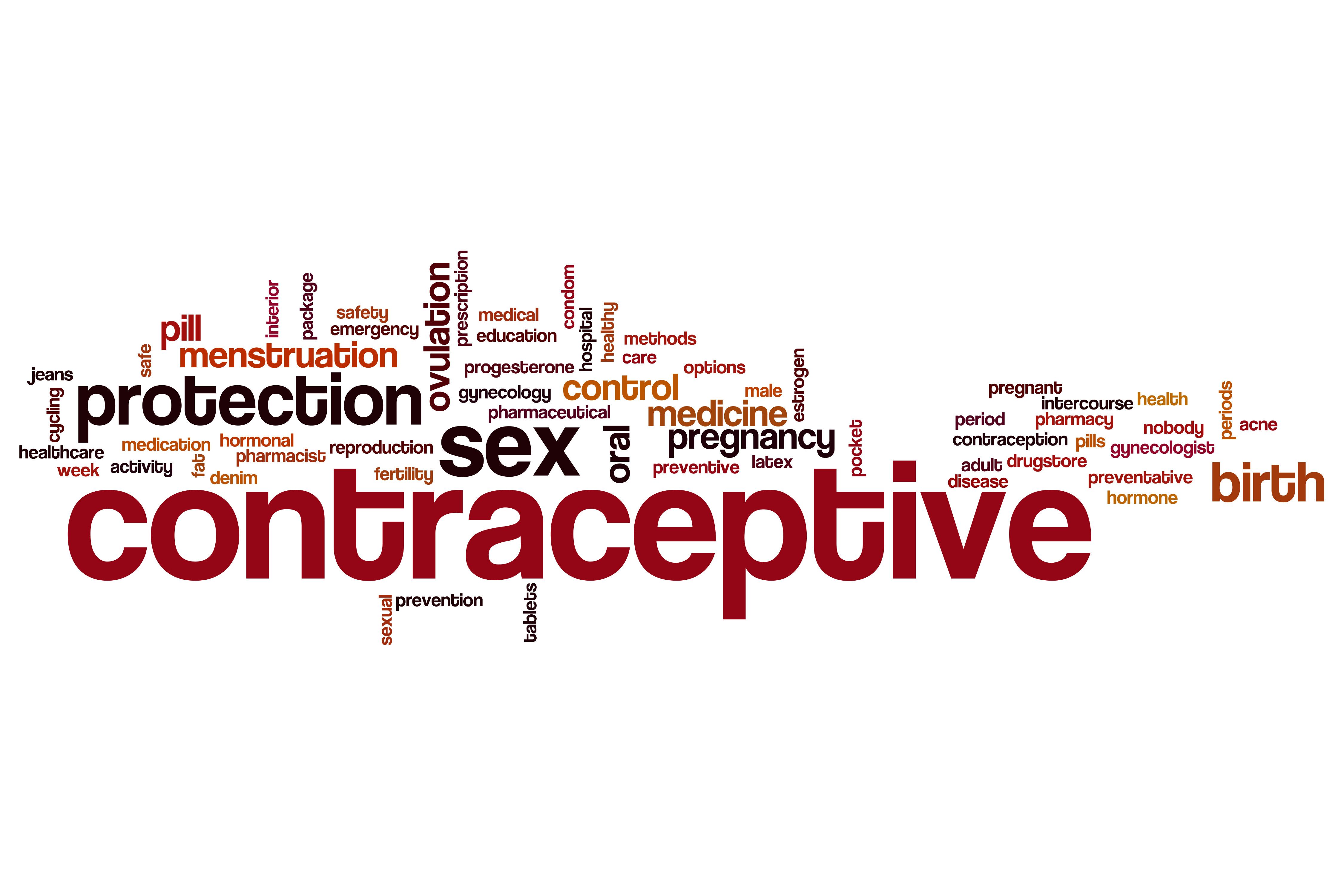Follow-up care and continuation rates for long-acting reversible contraceptives
Continuation rates for long-acting reversible contraceptives (LARC) were high in a group of adolescent and young adult (AYA) women, according to a retrospective chart review in the Journal of Pediatric and Adolescent Gynecology.
©ibreakstock - stock.adobe.com

Continuation rates for long-acting reversible contraceptives (LARC) were high in a group of adolescent and young adult (AYA) women, according to a retrospective chart review.
The review in the Journal of Pediatric and Adolescent Gynecology also found that most of the study population has at least one follow-up clinical encounter in the 6-months following LARC placement. Follow-up encounters were defined as scheduled or unscheduled phone calls, outpatient clinic visits or emergency department visits during the 6 months after device placement. Continuation was defined as not having the device removed or expelled during the 6-months following initiation.
“Clinical practices should be prepared to address issues that arise during follow-up encounters, whether in-person or by phone,” wrote the authors from the Perelman School of Medicine at the University of Pennsylvania and the Children's Hospital of Philadelphia (CHOP).
Methods
The retrospective electronic medical record (EMR) review was of patients receiving care at CHOP’s Adolescent Specialty Care clinic. Between January 2015 and December 2016, a total of 180 LARCs-either an intrauterine device (IUD) or subdermal etonogestrel implant-were placed in the 177 women between ages 13 and 23 (mean age 17.3 years) who met inclusion criteria.
“Each LARC placed within the study timeframe was treated as a separate observation; thus, the number of devices placed could be greater than the number of unique individuals in the database,” the investigators wrote.
One device was placed in each of 173 patients and two devices were placed in four patients. Of the four patients who had a second device placement, three were placed at CHOP’s clinic, while the other was initiated at an outside clinic.
Most of the women were ages 13 to 17 (56%), non-Hispanic Black (64%), publicly insured (55%) and had IUD placement (57%). Compared to implant users, IUD users were less likely to be non-Hispanic Black (54.4% vs. 75.3%; P = 0.02) and more likely to have private insurance (55.1% vs. 28%; P < 0.0001). But there was no difference in prevalence of chronic medical conditions between IUD and implant users: 51.5% vs. 48.1% (P = 0.65).
Results
Overall, 86% of the women had at least one clinical encounter during the 6 months, representing a total of 407 encounters (mean number per patient 2.3). Of the encounters, 70% were scheduled and 53% unscheduled.
Nearly half (45%) of women attended their scheduled 2-week office visit, while only 6% attended their 6-month office visit. Older adolescents were less likely to attend their 2-week visit than younger adolescents: odds (OR): 0.43; 95% confidence interval (CI): 0.22 to 0.84. Compared to IUD users, implant users were also less likely to attend their 2-week office visit: OR 0.48; 95% CI: 0.24 to 0.95.
The 6-month LARC continuation rate was 92%, with a similar continuation rate for women who attended any scheduled visits and those who did not. However, an unscheduled visit was a significant predictor of continuation. Women with at least one unscheduled visit were much less likely to continue than those without an unscheduled visit: OR 0.08; 95% CI: 0.01 to 0.60.
Only 7.8% of women discontinued LARC, with slightly less than half (42.9%) occurring 5 to 6 months after insertion. The vast majority (85.7%) of discontinuations were in IUD users, with nearly half due to IUD expulsion.
Recap on reproductive rights with David Hackney, MD, MS
December 20th 2022In this episode of Pap Talk, we spoke with David Hackney, MD, MS, maternal-fetal medicine physician at Case Western Reserve University and chair of ACOG's Ohio chapter for a full recap of where restrictions on reproductive rights have been and where they're going.
Listen
In this episode of Pap Talk, Gloria Bachmann, MD, MSc, breaks down what it means to be a health care provider for incarcerated individuals, and explores the specific challenges women and their providers face during and after incarceration. Joined by sexual health expert Michael Krychman, MD, Bachmann also discusses trauma-informed care and how providers can get informed.
Listen
